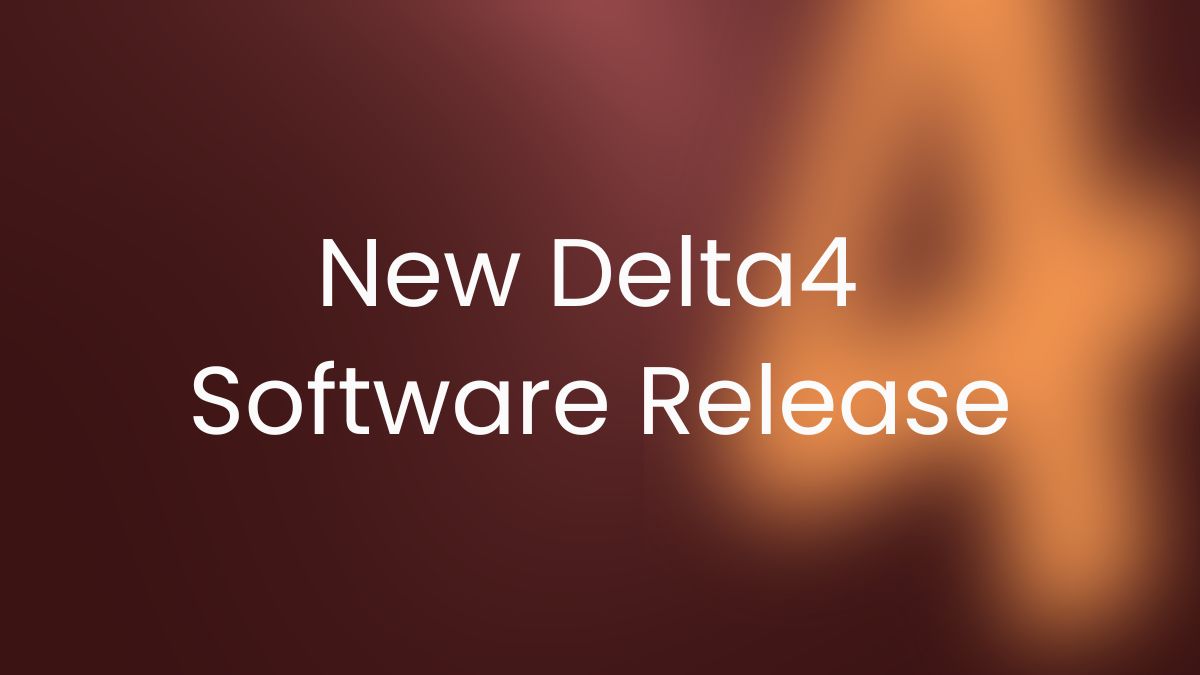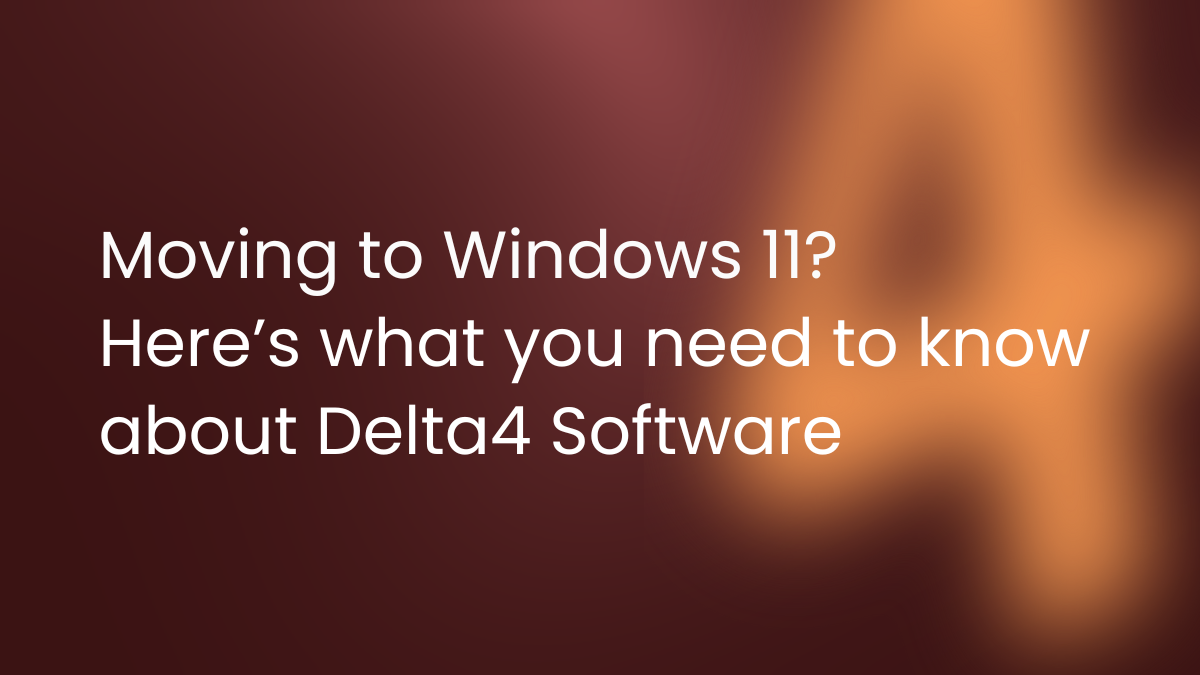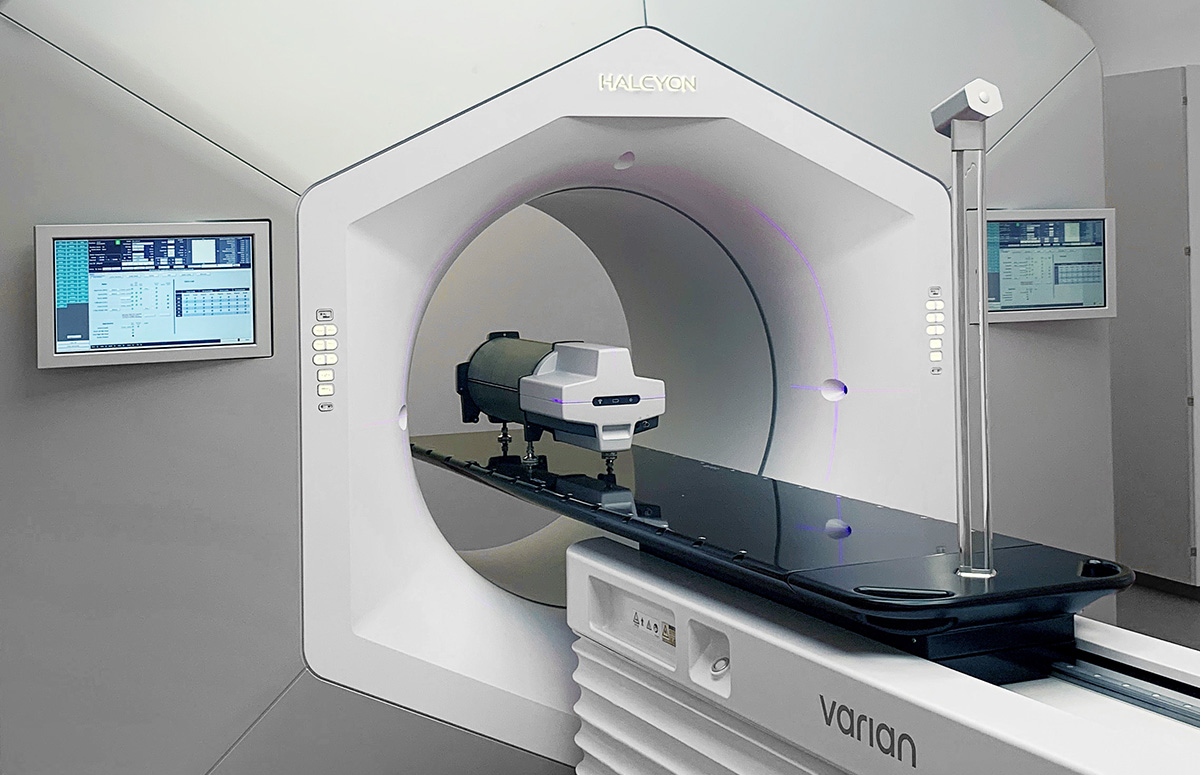
CUTTING-EDGE TECHNOLOGY AT HERLEV & GENTOFTE HOSPITAL
Herlev & Gentofte Hospital is a long-time user of the Delta4 Phantoms and we were curious to hear about their QA work when doing treatments with the HALCYON and MRIDIAN. Interview with physicists Ulf Bjelkengren, Susan Biancardo and Grichar Valdes Santurio at Herlev & Gentofte Hospital in Denmark.
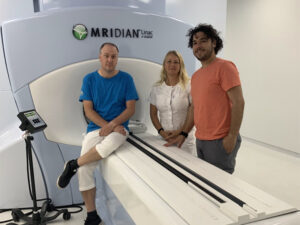 “We typically use the Delta4 Phantoms when implementing new techniques and treatment methods. We have been using the Delta4 Phantom since 2008 so we feel that we are very confident with the system. What has characterized this product is simplicity, flexibility, and stability. Also, ScandiDos has always had a great support team and we feel that the product, especially the software, has always been updated at a rapid pace.
“We typically use the Delta4 Phantoms when implementing new techniques and treatment methods. We have been using the Delta4 Phantom since 2008 so we feel that we are very confident with the system. What has characterized this product is simplicity, flexibility, and stability. Also, ScandiDos has always had a great support team and we feel that the product, especially the software, has always been updated at a rapid pace.
QA ON TRUEBEAM, HALCYON AND MRIDIAN
In 2018 we made a large purchase of accelerators, at that time, it felt natural to upgrade the Delta4PT Phantom to the Delta4 Phantom+. We were happy to learn that the new Delta4 Phantom+ had been given every feature we felt was missing in the older model. It now benefits from measurement detectors in a different geometry, wireless communication, cable-free synchronization, and a much simpler calibration procedure. We have used the Delta4 Phantom+ for the commissioning of three Varian TRUEBEAMS as well as two Varian HALCYON. We also purchased the Delta4 Phantom+ MR, soon after its release, for commissioning on the ViewRay MRIDIAN. The Delta4 Software platform is utilized across all Delta4 products which is convenient for our staff since there is no learning curve when switching between models.
DELTA4 PHANTOM+ AND HALCYON
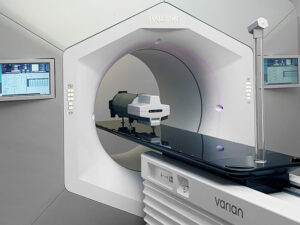 We got our first HALCYON machine in May 2019. The Delta4 Phantom+ was used to verify several treatment plans before the machine was released for clinical use. Since the beam data for HALCYON is pre-configured in the TPS and doesn’t require any collection of measurements, all calculations could be made before the delivery of the machine. This meant that the commissioning, including dosimetry and Delta4 Phantom+ verification measurements, could be done in one day.
We got our first HALCYON machine in May 2019. The Delta4 Phantom+ was used to verify several treatment plans before the machine was released for clinical use. Since the beam data for HALCYON is pre-configured in the TPS and doesn’t require any collection of measurements, all calculations could be made before the delivery of the machine. This meant that the commissioning, including dosimetry and Delta4 Phantom+ verification measurements, could be done in one day.
SUITABLE TREATMENTS ON THE HALCYON
Looking at the distribution of cancer sites in the clinic, about 30-40% are suitable for treatment on a HALCYON. Examples are pelvic tumors, head and neck, palliative treatments, and lung treatments not requiring motion management. The lack of motion management is one of the disadvantages of the HALCYON. It would be great to be able to treat patients in DIBH with the fast gantry speed and fast CBCT acquisition. One breath-hold would be sufficient in most cases to complete a CBCT or a treatment field/arc. However, the biggest argument for the HALCYON platform is the possibility for on-table adaptation with the ETHOS. With the ETHOS, we are able to make a new plan for the patient while the patient is on the couch. Currently, we are treating pelvic tumors on the ETHOS. Especially for bladder patients, there is a clear indication that the adaptive workflow has a clinical impact. As one of our physicians expressed herself: “No bladder patient is ever allowed to be treated on any other machine”.
UPGRADE TO ETHOS
Three months before upgrading one of our HALCYON machines to ETHOS we received an ETHOS emulator. This emulator simulates the complete workflow from prescription to treatment delivery. With CBCT’s from the HALCYON exported to the emulator, real adaptive simulations could be made on actual patient data. And since the ETHOS and HALCYON machine-wise are the same, the treatment plans from the emulator could be exported to the HALCYON and the treatment plans measured with the Delta4 Phantom+.
EVALUATION OF MEASUREMENTS
When we evaluate measurements, we primarily use the gamma evaluation with a local gamma and 3%/2mm. A result is a clear pass if the passing rate is above 95%. We do not solely rely on the gamma, evaluating the profiles is also a good tool to get a feeling for the measurement. For some highly modulated plans, we have also exported the measurement plane and done comparisons with treatment plans in the Mobius DoseLab software, just to be on the safe side. Making sure that we did not draw any wrong conclusions from the results.
DELTA4 PHANTOM+ MR AND VIEWRAY MRIDIAN
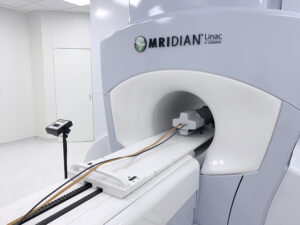 We treated our first patient on the MRIdian in May 2019 and to this date, we have treated about 10 patients. The MRIdian is a very different system compared to what we are used to. The steep learning curve operating the machine has led us to take a slow approach ramping up treatments on the MRIdian. We have not used the MRIdian to treat standard cases such as prostate cancers. Instead, we have focused on patients benefitting from the MR capabilities of the machine such as liver treatments and abdominal tumors. We have not yet ventured into the adaptive features of the MRIdian system. However, gating and tumor tracking have been used. Our next step is to start treating adaptive with the MRIdian.
We treated our first patient on the MRIdian in May 2019 and to this date, we have treated about 10 patients. The MRIdian is a very different system compared to what we are used to. The steep learning curve operating the machine has led us to take a slow approach ramping up treatments on the MRIdian. We have not used the MRIdian to treat standard cases such as prostate cancers. Instead, we have focused on patients benefitting from the MR capabilities of the machine such as liver treatments and abdominal tumors. We have not yet ventured into the adaptive features of the MRIdian system. However, gating and tumor tracking have been used. Our next step is to start treating adaptive with the MRIdian.
WORKFLOW, MEASUREMENT & ANALYSIS
Since MRIdian is a completely new system for us we do not have much experience in treatment planning and the corresponding results. Because of this, we are measuring all treatment plans on the Delta4 Phantom+ MR before treatment. For evaluation, we are using the same criteria as for conventional linac.
Workflow
The Delta4 Phantom+ is easily transferred onto the couch by simply sliding it over from the Delta4 Trolley. The phantom is positioned with the machine´s external laser and a couch shift to the isocenter is then performed.
Measurement
A QA plan is made in the MRidian system where the plan is calculated on the Delta4 CT data. The couch on the MRidian is attenuating the beam quite heavily so the couch is included in the calculation. The plan is then exported to the Delta4 software and imported and measured.
Analysis
The analysis is done with the gamma-analysis in the Delta4 software. Measurement profiles are also visually evaluated to get a sense of the plan quality. We are using a 3%/3mm local gamma and a 95% passing rate as our clinical plan criteria. We have not had any plans that failed these criteria and we have measured about 25 plans. Although only having treated about 10 patients, we have had several more patients on the couch for simulation. For different reasons, not all patients have been suitable for treatments on the MR-Linac. Reasons have been claustrophobia, time of treatment, or simply that we have been able to offer a better treatment for the patient on another linac.”
Go to Delta4 Phantom+
Go to Delta4 Phantom+ MR
